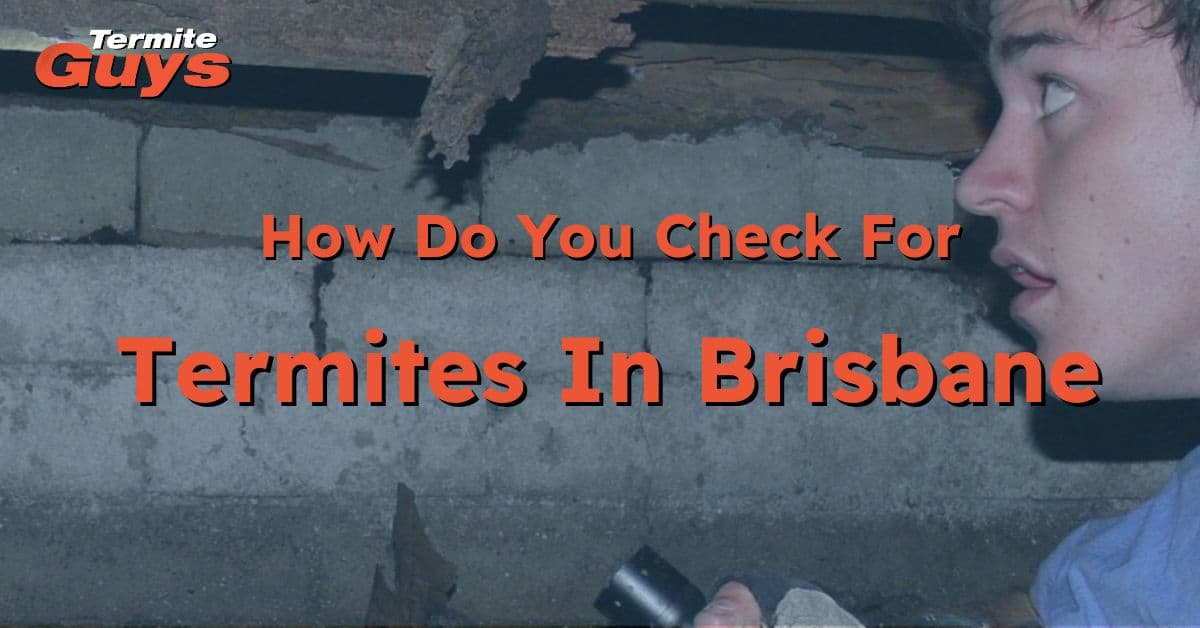Introduction to Flying Termites
Flying termites, or alates, are a frequent concern for Brisbane homeowners. These winged insects are the reproductive members of termite colonies, flying off to establish new nests. Their presence is not just a seasonal annoyance but a signal of potential infestations and future structural damage. Brisbane’s warm, humid climate makes it a hotspot for termite activity, particularly during the summer and after rainstorms. Understanding flying termites and taking timely action are vital to protecting your property.
Common Questions and Answers
What are flying termites?
Flying termites are mature reproductive termites. Unlike the worker termites that remain underground or in wood, flying termites emerge to create new colonies. They have four equal-sized wings, straight antennae, and thick waists, distinguishing them from flying ants with thinner waists and elbowed antennae.When do flying termites become active?
In Brisbane, flying termites are most active during the warmer months, particularly between November and March. They swarm in the evening after rain when the humidity is high, as these conditions are ideal for starting a new colony.What damage can flying termites cause?
While flying termites don’t directly cause damage, their presence indicates nearby colonies. If these colonies establish in your home, the worker termites can feed on wooden structures, causing significant damage. This damage can compromise the structural integrity of your property, leading to costly repairs.How can I identify flying termites?
Identifying flying termites involves observing the following:- Swarms of winged insects, especially near light sources during dusk.
- Discarded wings on windowsills, doorways, or other entry points.
- Signs of existing termite infestations, such as mud tubes on walls, hollow-sounding wood, or bubbling paint.
Signs of Flying Termites
Flying termites leave distinct signs that homeowners should not ignore:
- Swarming Activity: Alates swarm in groups, often around outdoor lighting or inside homes. If you notice a sudden increase in flying insects, it could indicate a nearby nest.
- Discarded Wings: After swarming, flying termites shed their wings as they no longer need them. These fragile, translucent wings are often found in piles near windows, doors, or lights.
Spotting these signs early can prevent an infestation from becoming severe.
Prevention Tips
Control Moisture Levels
Termites thrive in damp environments. Prevent moisture buildup by:- Repairing leaks in plumbing and roofing.
- Ensuring proper drainage around your property.
- Using dehumidifiers or ensuring proper ventilation in crawl spaces.
Eliminate Food Sources
- Avoid stacking firewood or timber near your home’s foundation.
- Remove tree stumps and wooden debris from your yard.
- Ensure wooden structures, such as fences or decks, are treated and maintained.
Seal Entry Points
- Inspect and seal any cracks or gaps in your foundation and walls.
- Fit screens to windows and doors to reduce indoor swarms.
Schedule Regular Inspections
Professional termite inspections are key to early detection. Experts use tools like thermal imaging and moisture meters to identify activity that isn’t visible to the naked eye.
The Importance of Professional Assistance
Preventing and addressing termite infestations requires expertise. Termite Guys Brisbane specialises in termite-only services, ensuring you receive the most effective treatment.
- Advanced Detection: Our team uses state-of-the-art technology, including thermal imaging and Termatrac motion detectors, to pinpoint termite activity.
- Tailored Solutions: Every property is unique, and so is our approach. We design termite treatment plans that suit your home’s specific needs, from chemical treated zones to baiting systems.
- Long-Term Protection: Using trusted products like Termidor, we create barriers that eliminate termite colonies and protect your home for up to eight years.
With regular follow-ups and annual inspections, Termite Guys Brisbane ensures that your property remains safe from reinfestations.
Conclusion
Flying termites are more than a seasonal annoyance; they signify potential danger to your home. By understanding their behavior, identifying their presence early, and implementing effective prevention strategies, you can protect your property from costly damage.
For expert assistance, contact Termite Guys Brisbane today. Our professional team is ready to provide comprehensive inspections and effective treatments tailored to your home. Call us now at 3393 3515 or visit www.TermiteGuys.com.au to secure your property against flying termites and other termite threats.


